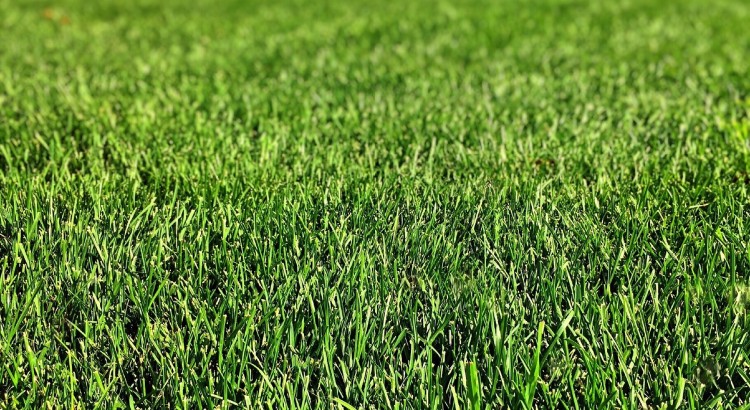When you are planning a renovation, or other lawn care tasks that are weather dependent (think pre-emergence) it’s important to use weather and not the calendar. Each year the weather is different and with the constant talk about global warming we can only assume the weather will continue to evolve.
What I’ll do is use Weather Underground for checking the weather. This is especially important when it comes to rain, because even a few towns over we’ll get drastically different rainfalls. What you can do is look at historical and go to week view, and instantly you can see if you received enough water or if you need to supplement with irrigation.
It’s also important to use things like natural indicators. For instance putting down crabgrass preventer when forsythias bloom is an excellent technique because it’s visual and can be localized to your very own yard. Each year the actual timing may be very different if you use a calendar so it’s important to learn the signs of the seasons vs the dates of the seasons.
